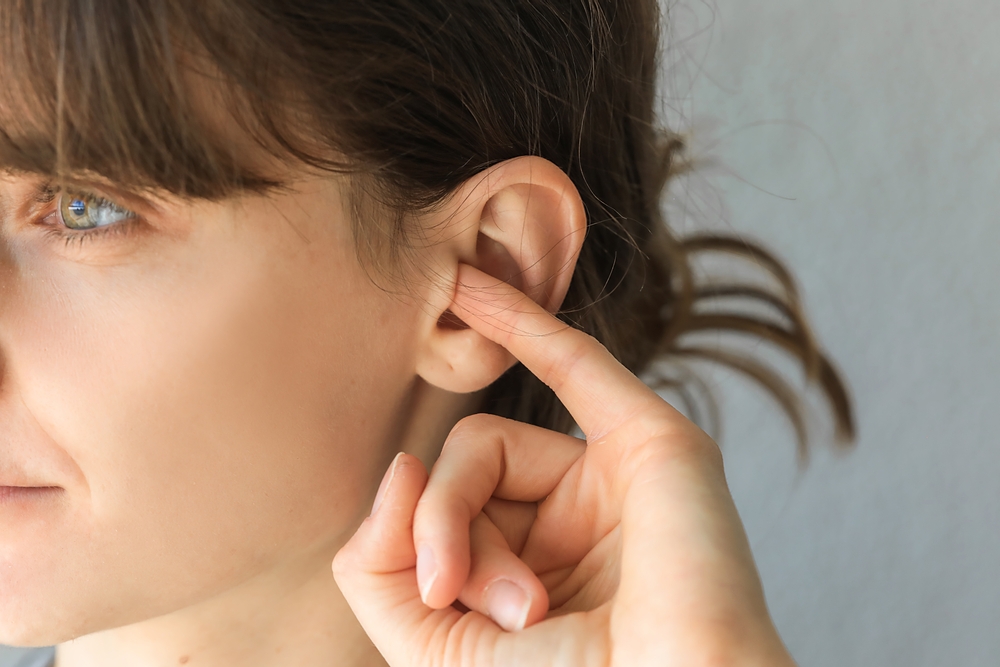Managing earwax buildup is vital for maintaining ear health, but it’s easy to make mistakes that can lead to discomfort or even harm. While earwax is a natural substance produced by the body to protect the ears, improper cleaning methods can cause blockages and other issues. This comprehensive guide will help you navigate safe earwax management, highlighting common mistakes to avoid.
Understanding the risks of improper ear cleaning
Incorrect ear cleaning techniques can lead to significant health problems. For instance, using cotton swabs or engaging in ear candling can push earwax deeper into the ear canal or cause injuries. An example of the dangers of improper cleaning comes from an Australian woman named Jasmine, who suffered from severe ear complications after repeatedly using cotton swabs. This led to a bacterial infection that eroded the bone around her ear, causing permanent hearing loss. While extreme cases like hers are rare, they underscore the importance of using safe and proper ear cleaning techniques.
What are symptoms of earwax buildup?
Knowing how to identify the symptoms of earwax buildup is the first step in addressing the issue. Common signs include:
- A sensation of fullness or blockage in the ear
- Ringing or buzzing sounds (tinnitus)
- Earaches or discomfort
- A gradual loss of hearing
If you experience any of these symptoms, it is essential to address the issue promptly and properly to prevent further complications.
The important role of earwax in ear health
Earwax, also known as cerumen, is a crucial part of the ear’s self-defense system. It helps to protect the ear canal from foreign particles, dust, and bacteria. The body naturally expels earwax through jaw movements, such as chewing, and the natural migration of skin cells. However, certain factors, such as overproduction of earwax or improper cleaning practices, can interfere with this natural process, leading to blockages and potential hearing issues.
What are safe and effective methods for ear cleaning?
When earwax buildup becomes uncomfortable, there are several safe methods for cleaning the ears at home. Here are some recommended practices:
- Use ear drops: Apply mineral oil, hydrogen peroxide, baby oil, or glycerin drops to soften the wax. This helps the wax loosen and naturally drain out over time.
- Avoid cotton swabs: Cotton swabs can push earwax deeper into the ear canal, worsening the problem and potentially causing injury or infection.
- Ear irrigation: Using a bulb syringe or an irrigation kit, gently flush the ear canal with warm water or saline solution. This can help remove excess earwax. Be sure to use caution and avoid this method if you have a history of ear infections or a perforated eardrum.
- Seek professional help: If home remedies don’t provide relief or symptoms persist, visit an ENT or hearing specialist. Professionals have the tools and expertise to safely remove impacted earwax and provide a thorough ear examination.
By following these safe and effective ear cleaning methods, you can reduce the risk of ear problems and keep your ears healthy.
Why ear candling is not a safe option
Ear candling is a controversial practice that involves inserting a hollow candle into the ear canal and lighting it, supposedly to remove earwax. However, health experts, including the FDA, warn against ear candling due to its lack of scientific backing and the high risk of injury. Potential dangers of ear candling include burns to the ear, punctured eardrums, and worsening earwax blockages. For these reasons, it is crucial to avoid this method and opt for safer, more reliable ear care options.
The self-cleaning mechanism of the ear
The ear is designed to clean itself naturally, with the help of chewing and talking. These actions allow the earwax to migrate from the ear canal, where it can be expelled. In most cases, routine cleaning is unnecessary unless there are noticeable symptoms of earwax buildup. If you have a history of excessive earwax production or use hearing aids, it’s a good idea to regularly check your ears for signs of buildup.
The importance of regular check-ups
For optimal ear health, regular visits to a hearing professional are essential. If you wear hearing aids or have chronic earwax buildup, a specialist can monitor your ear health and help prevent complications.
An ENT or hearing specialist can offer guidance on safe ear care practices and remove impacted earwax if necessary, ensuring your hearing remains healthy and protected.
Prioritize safe earwax management
Maintaining ear health requires understanding the right methods for managing earwax buildup and avoiding common cleaning mistakes. By using safe ear care practices, such as gentle ear drops or professional cleaning when necessary, you can keep your ears healthy and avoid complications. Remember, your ear health plays a critical role in your overall well-being, so take the necessary steps to care for your ears today.
If you’re concerned about earwax buildup or experiencing discomfort, find a specialist in your area today.
